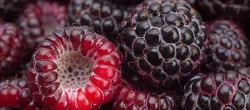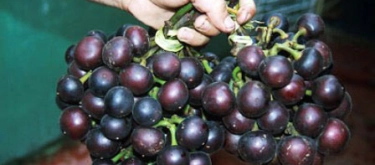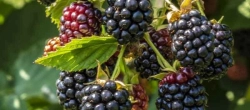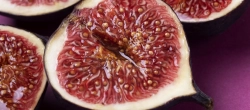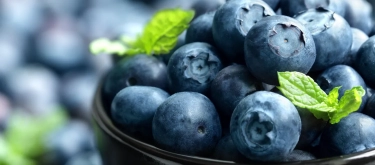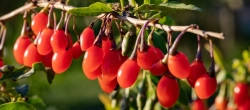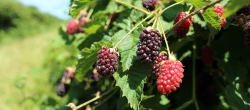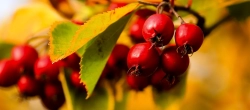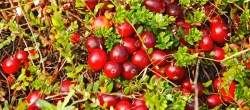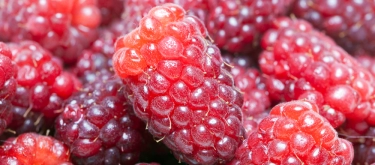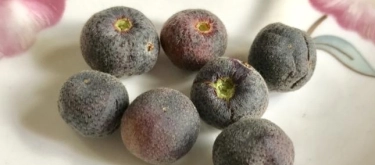Mulberries: Taste Profile, Aroma, Benefits and Health Risks
Mulberries (Morus) are a unique and often underappreciated fruit with a delicate sweetness and complex flavor profile. These berries come in various colors, including white, red, and black, each with its own subtle variations in taste. Popular in both fresh and dried forms, mulberries are enjoyed worldwide for their versatility and rich nutritional content.
What does Mulberries taste like?
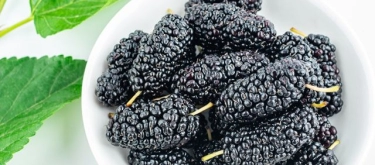
Mulberries have a balanced flavor that combines sweetness with subtle tartness, reminiscent of a mix between blackberries and figs. Their taste can vary depending on ripeness and variety:
-
Primary Flavor Characteristics:
- White Mulberries: Mildly sweet with a hint of vanilla.
- Red Mulberries: A blend of tart and sweet, similar to raspberries.
- Black Mulberries: Rich, juicy, and intensely sweet with slight tart notes.
-
Aromatic Profile: Fruity and floral with earthy undertones, especially in the darker varieties.
In-Depth Flavor Analysis of Mulberries
Underlying Flavor Notes:
- Sweetness: Ranges from mild in white mulberries to intense in black varieties.
- Tartness: A gentle tang that balances the sweetness, more pronounced in red mulberries.
- Earthiness: Subtle woody notes, particularly in ripe black mulberries.
- Juiciness: Fresh mulberries are juicy, which enhances their fruity flavor.
Impact of Preparation on Flavor:
- Raw: Fresh and vibrant, ideal for snacking.
- Dried: Concentrates sweetness, making them similar to raisins or figs.
- Cooked: Cooking deepens their flavor, bringing out caramelized and jammy notes.
Culinary Uses of Mulberries
Mulberries are a versatile ingredient that can enhance both sweet and savory dishes. Their natural sweetness makes them ideal for desserts, while their tartness pairs well with bold flavors in savory recipes.
Primary Uses:
- Snacking: Fresh or dried mulberries are perfect for quick, healthy snacks.
- Desserts: Used in pies, tarts, cakes, and ice creams.
- Jams and Preserves: High pectin content makes them excellent for jams and jellies.
- Beverages: Infused into teas, juices, and even wine.
- Savory Dishes: Pairs well with meats like duck or lamb, often as a sauce or chutney.
Ideal Pairings:
- Sweet: Honey, vanilla, and chocolate enhance their natural sweetness.
- Fruits: Complementary with figs, strawberries, and oranges.
- Nuts: Almonds and walnuts add crunch and richness.
- Dairy: Pairs beautifully with mascarpone, cream, and yogurt.
Health Benefits of Mulberries
Mulberries are not only delicious but also packed with nutrients, offering a range of health benefits.
Key Nutrients and Benefits:
- Rich in Vitamin C: Boosts the immune system and supports skin health.
- High in Antioxidants: Includes resveratrol and anthocyanins that combat oxidative stress.
- Iron and Calcium: Supports bone health and oxygen transport.
- Fiber: Promotes healthy digestion and regulates blood sugar levels.
- Low Glycemic Index: A good fruit option for those managing blood sugar.
Potential Precautions:
- Allergic Reactions: Rare but possible; consume cautiously if allergic to similar berries.
- Staining Properties: Fresh mulberries can stain hands and clothing.
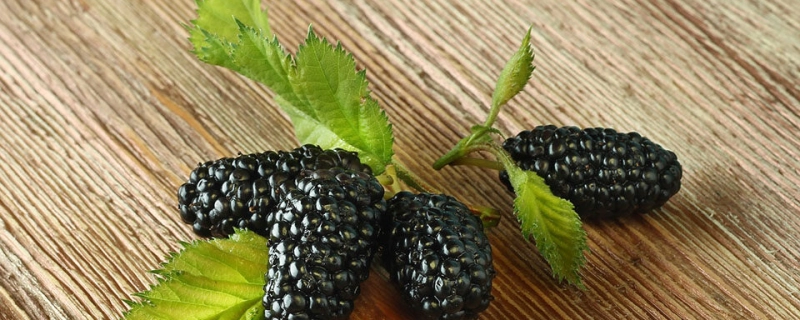
Tips for Choosing and Storing Mulberries
How to Choose Quality Mulberries:
- Color: Look for vibrant, uniform coloring without discoloration or bruising.
- Firmness: Fresh mulberries should feel slightly soft but not mushy.
- Aroma: Ripe berries have a sweet, fruity smell.
Storage Recommendations:
- Refrigeration: Store fresh mulberries in a covered container in the fridge for up to 3 days.
- Freezing: Spread mulberries on a baking sheet and freeze before transferring to a container for long-term storage.
- Dried Storage: Keep dried mulberries in an airtight container in a cool, dark place.
Fun Facts About Mulberries
- Silkworm Connection: Mulberry leaves are the primary food source for silkworms, which are essential to silk production.
- Color Varieties: The same mulberry tree can produce fruits of varying colors, from white to deep purple.
- Historical Use: Ancient civilizations used mulberries in traditional medicine for their health benefits.
- Staining Power: Dark mulberries were historically used to create natural dyes.
Resources
Books and Publications for Further Reading:
-
"The Fruit Hunters: A Story of Nature, Adventure, Commerce and Obsession" by Adam Leith Gollner
– A fascinating exploration of rare and exotic fruits, including mulberries. -
"On Food and Cooking: The Science and Lore of the Kitchen" by Harold McGee
– Discusses the chemistry and culinary potential of berries, including mulberries. -
"The Berry Grower: Inspiring Passionate Farmers" by Blake Cothron
– A guide to cultivating and utilizing berries, including mulberries, in sustainable farming. -
"Wild Berries of the West" by Betty B. Derig and Margaret C. Fuller
– Features wild berries, including mulberries, and their culinary and medicinal uses.
